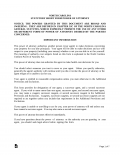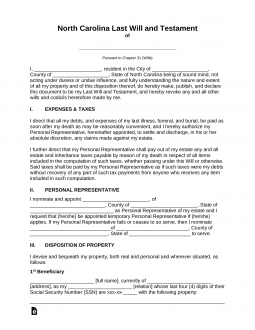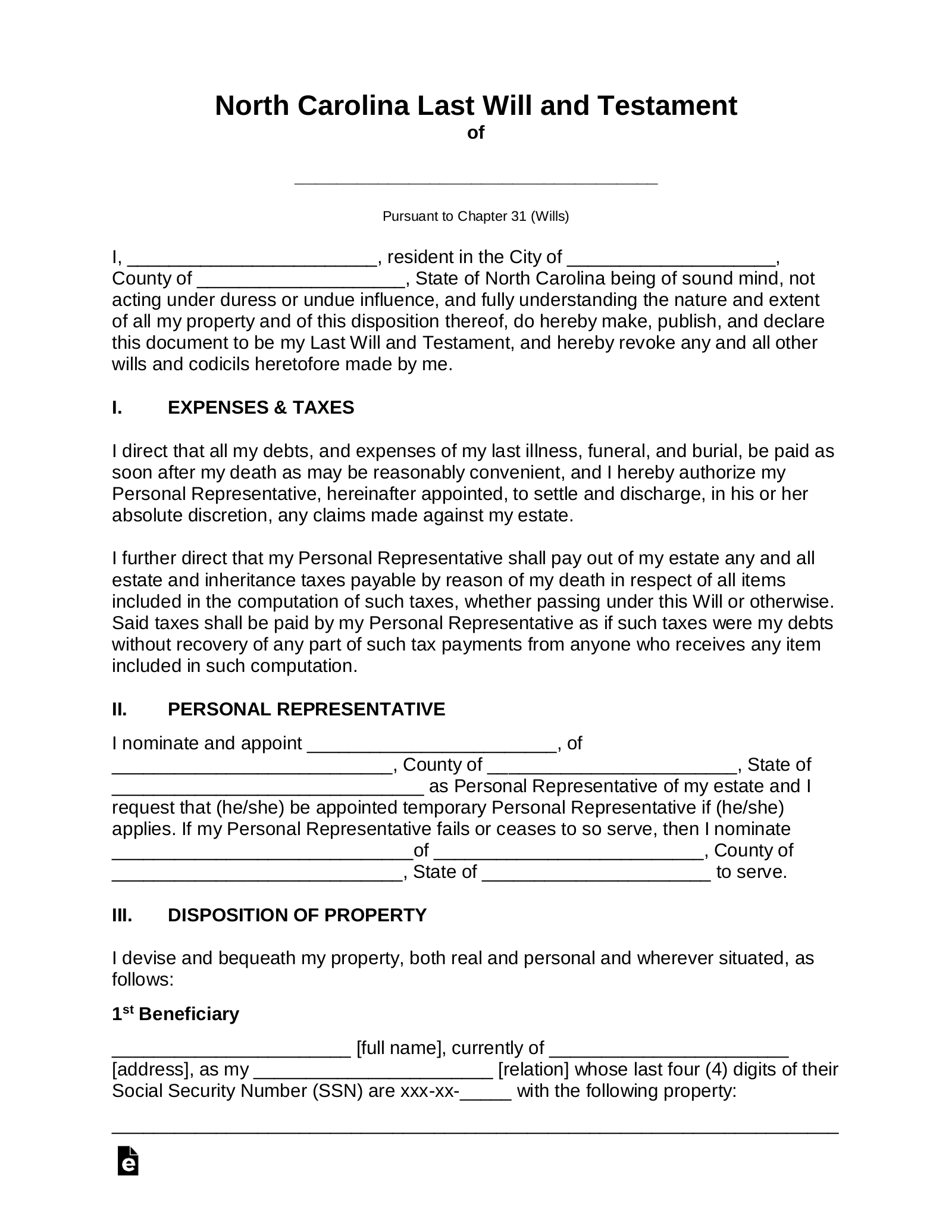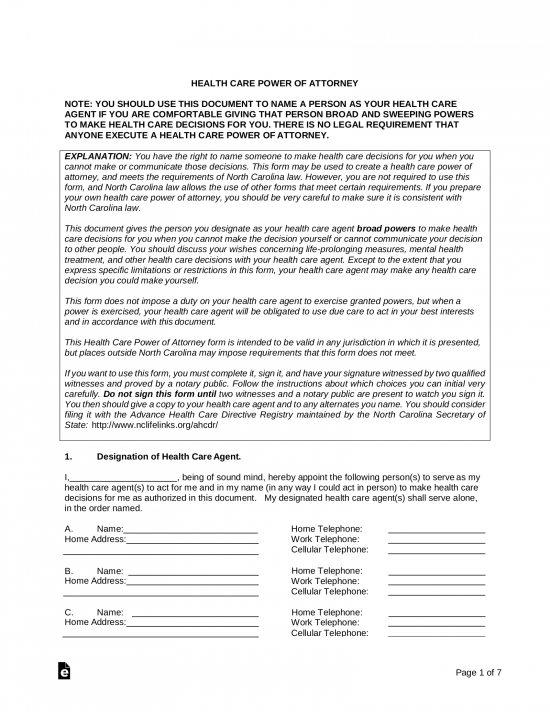Updated November 14, 2023
A North Carolina last will and testament is a legal document used by an individual (“testator”) to ensure their estate is properly distributed upon their death. A testator can determine how their real estate, fiduciary assets, personal property, and even digital property must be dispersed among family, friends, and organizations.
Signing Requirements
Must be signed by the testator and attested by at least two competent witnesses.[1]
State Definition
“Will” includes an attested written will that complies with the requirements of G.S. 31-3.3 or a holographic will that complies with the requirements of G.S. 31-3.4.[2]
Related Forms
Download: PDF
 Durable (Financial) Power of Attorney
Durable (Financial) Power of Attorney
Download: PDF, MS Word, OpenDocument



